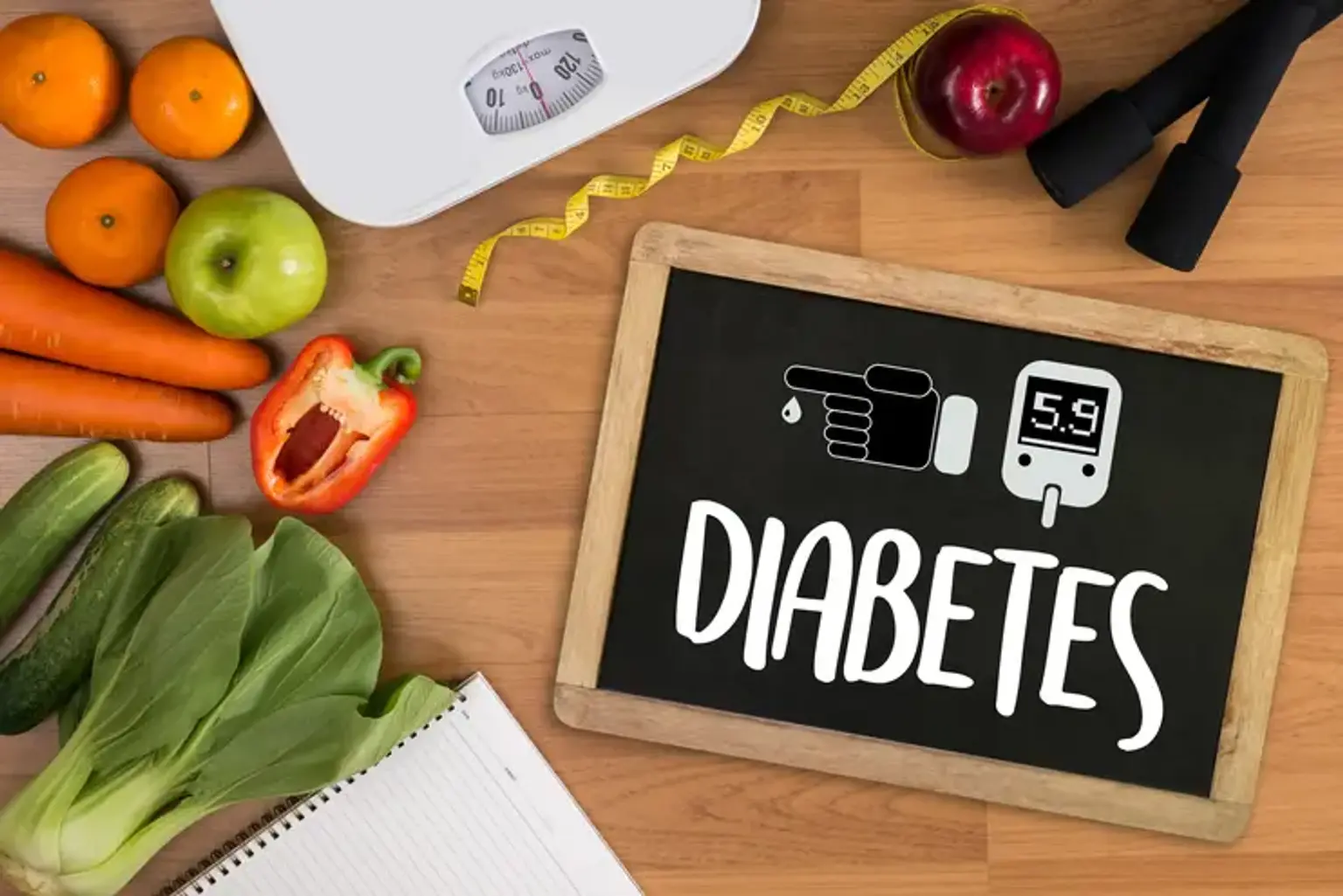Diabetes
Overview
Diabetes is a condition that occurs when your blood glucose, also known as blood sugar, is abnormally high. Blood glucose is your primary source of energy and is obtained from the foods you consume. Insulin, a hormone produced by the pancreas, aids in the transport of glucose from food into your cells for use as energy.
Sometimes your body does not produce enough or any insulin, or it does not use insulin effectively. Glucose then remains in your blood rather than reaching your cells. Having too much glucose in your blood can lead to health problems over time. Although there is no cure for diabetes, you can take steps to manage it and stay healthy.
